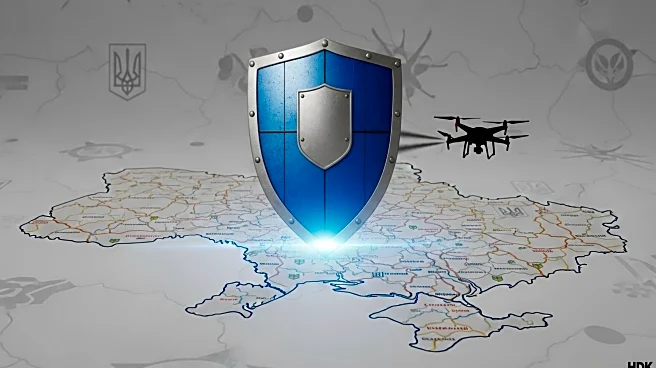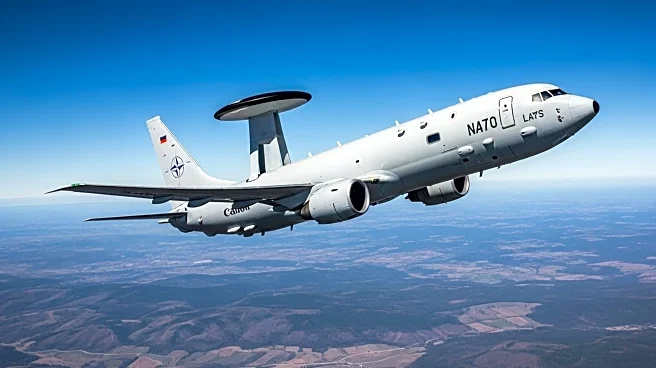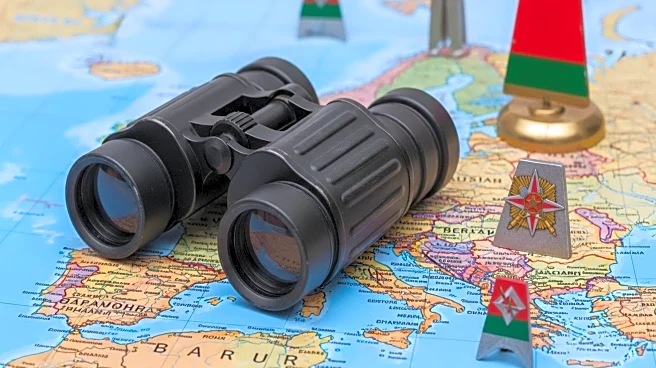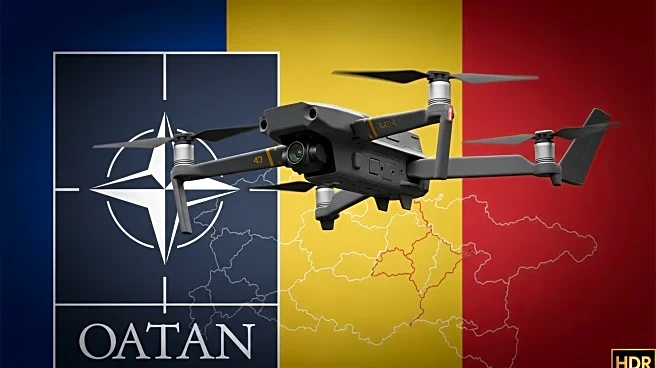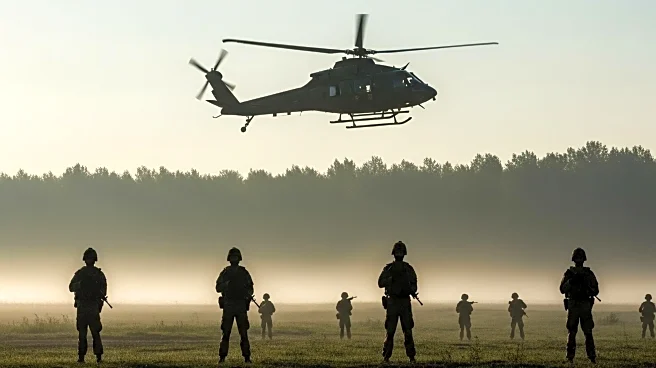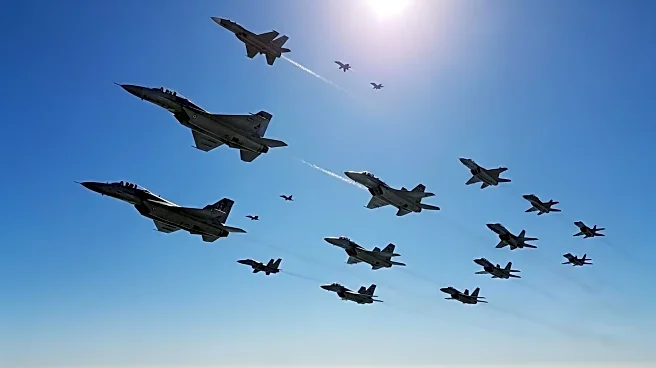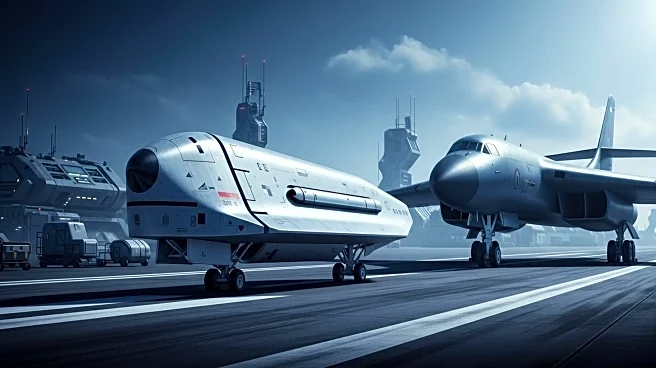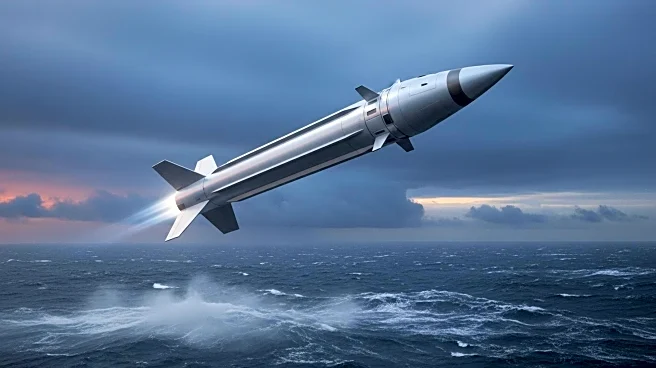What's Happening?
NATO is enhancing its amphibious capabilities in the High North to counter potential Russian aggression. This strategic move follows recent provocations, including Russian drone incursions over NATO territories. With the addition of Sweden and Finland, NATO's amphibious fleet has grown, providing a versatile tool for rapid response and power projection. The alliance is focusing on improving interoperability among amphibious task groups and utilizing these vessels for intelligence, surveillance, and reconnaissance operations in the Nordic-Baltic region.
Why It's Important?
The expansion of NATO's amphibious capabilities is crucial for maintaining security and stability in the High North, a region of strategic importance due to its proximity to Russia. By enhancing its presence, NATO aims to deter Russian subversion and protect critical infrastructure, such as undersea cables. This move also strengthens NATO's ability to respond swiftly to threats, ensuring the alliance's readiness in a rapidly changing security environment.
What's Next?
NATO will continue to integrate and exercise its amphibious capabilities, focusing on improving command and control structures. The alliance plans to deploy new counter-drone technologies and enhance its undersea warfare capabilities. These efforts will be critical in maintaining a robust defense posture in the High North and ensuring the security of NATO member states.
Beyond the Headlines
The increased focus on amphibious capabilities highlights the evolving nature of modern warfare, where versatility and rapid deployment are key. This development also underscores the importance of international cooperation and the need for NATO to adapt to new security challenges. The strategic use of amphibious vessels could set a precedent for future military operations in contested regions.


